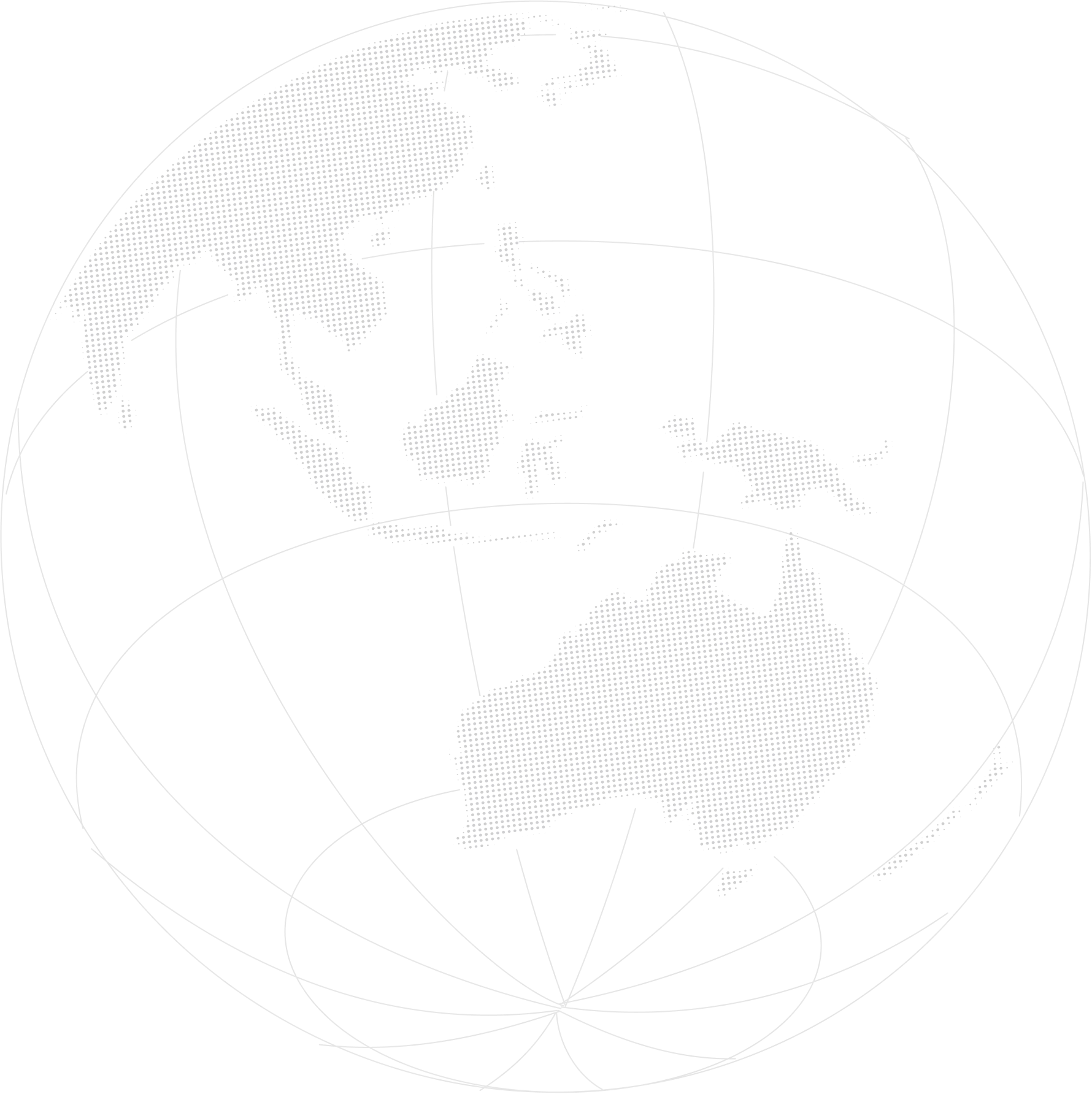Specialized & Regulated Waste Management
Strategic Solutions for Specialized & Regulated Waste Management
Hazardous and medical waste management markets show strong growth potential.

Executive Summary
The Specialized & Regulated Waste Management market (Environmental & Waste Services, Industrials) is composed of the Hazardous Waste Management and Medical Waste Management markets. In 2024, the Hazardous Waste Management market was estimated at $17.64 billion and is projected to reach $24.68 billion by 2030, growing at a CAGR of 5.8% from 2025 to 2030. The Medical Waste Management market was estimated at $34.06 billion in 2023 and is projected to reach $59.42 billion by 2030, growing at a CAGR of 8.0% from 2024 to 2030. Key growth drivers include: increasing industrialization; rising environmental concerns; stringent government regulations. The overall outlook is Positive.

5.8%
CAGR (2024–2030)
$17.4 billion
Current Market Size (2025)
$24.3 billion
Projected Market Size (2030)
M&A and Investment Activity
Stericycle
Waste Management (WM)
2024
Expands WM’s service offering into regulated medical waste and secure information destruction to create a comprehensive healthcare/environmental platform and accelerate growth in an attractive end market. WM cited expected run-rate cost synergies (> $125M annually) and intends to leverage its logistics, disposal network and technology to improve Stericycle’s margins and cross-sell services.
Shamrock Environmental
Republic Services
2025
Adds a vertically integrated industrial waste and centralized wastewater treatment platform, expanding Republic’s footprint and specialized industrial service capabilities across ~20+ states. The transaction complements Republic’s strategy to invest in environmental and industrial services that generate recurring, higher-margin revenue streams.
WB Waste Solutions
Waste Management (WM)
2025
Bolsters WM’s commercial and industrial density in the Mid‑Atlantic through acquisition of local routes and infrastructure, supporting regional revenue growth and operational leverage. The transaction fits WM’s bolt-on playbook of deepening geographic density to drive cost optimization and cross-sell opportunities.
Whitetail Disposal / LMR Disposal (regional tuck‑ins)
Casella Waste Systems
2024
Densifies Casella’s Northeast / Mid‑Atlantic footprint via regional tuck‑ins, improving route density and service coverage while enabling cross-sell of recycling and organics capabilities. Consistent with Casella’s strategy to build scale in core markets through targeted regional consolidation.
Financial & Investment Considerations
Typical Business Models
Collection Services: Dominant revenue stream; margins vary. Disposal Services (Landfills & Incinerators): Most profitable. Treatment and Processing Services: Specialized facilities, premium pricing. Consultation and Auditing Services. Transportation Services. Contract Services


Typical Margin Profile
EBITDA margins average around 25%, with gross margins ranging from 25% to 45%. Variance is driven by factors like service costs (fuel, transportation, landfill fees), salaries, and regulatory compliance.
Investor Appetite
High, driven by recession resilience, high barriers to entry, predictable cash flows, consolidation opportunities, and a favorable regulatory environment.


Capex Intensity
High, due to continuous maintenance and replacement of collection fleets and specialized treatment facilities. Capex-to-Revenue ratios can range from 0.11 to 0.15.
Conclusion & Investment Implications
The Specialized & Regulated Waste Management industry demonstrates robust fundamentals with compelling growth prospects. The sector, comprising Hazardous Waste Management ($17.64B in 2024) and Medical Waste Management ($34.06B in 2023), is projected to reach $24.3B by 2030, growing at a healthy 5.8% CAGR. This growth is underpinned by increasing industrialization, heightened environmental awareness, and stringent regulatory frameworks. Technological innovations, particularly waste-to-energy solutions and operational digitalization, are transforming the industry landscape. The medical waste segment shows exceptional promise with an 8.0% CAGR, potentially reaching $59.42B by 2030. While high capital expenditure requirements and complex regulatory compliance present challenges, the industry benefits from recession-resistant characteristics, predictable cash flows, and consolidation opportunities, as evidenced by WM's recent $7.7B acquisition of Stericycle. Given the favorable growth trajectory, regulatory tailwinds, and essential service nature, the Specialized & Regulated Waste Management sector presents an attractive investment opportunity with sustainable long-term returns.





Expert Analysis
Subscribe for Exclusive Industry Reports
Thank you! Your submission has been received!
Oops! Something went wrong while submitting the form.